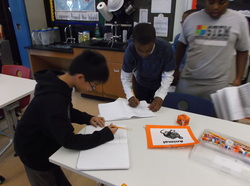
As fifth graders learn more about the effects of water pollution both on human water consumption and on the animals that call various bodies of water their homes, it is important to know how the water moves. Why you ask?
Fifth graders are discovering how water moves from one place to another through different processes. For example, water in the ocean evaporates and condenses into a cloud. Water from a river can runoff into the soil and infiltrate the groundwater. Every place where water is stored is somehow interconnected. But why is this important for an environmental engineer to know? Only time will tell!
This week, they got to become droplets of water and travel through the water cycle themselves, using dice as a way to predict where they might be able to go. No one water droplet's journey was the same!
Fifth graders are discovering how water moves from one place to another through different processes. For example, water in the ocean evaporates and condenses into a cloud. Water from a river can runoff into the soil and infiltrate the groundwater. Every place where water is stored is somehow interconnected. But why is this important for an environmental engineer to know? Only time will tell!
This week, they got to become droplets of water and travel through the water cycle themselves, using dice as a way to predict where they might be able to go. No one water droplet's journey was the same!
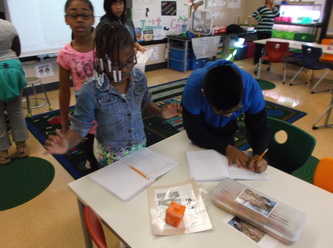
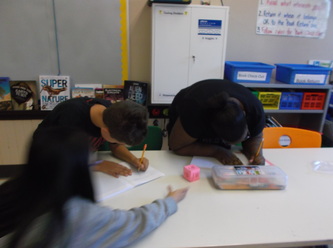
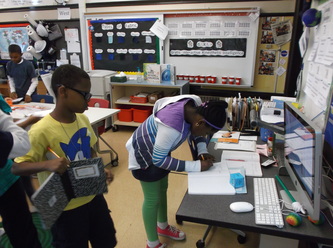
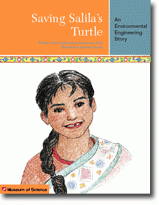
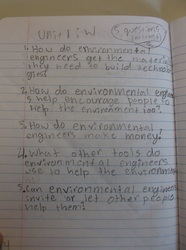
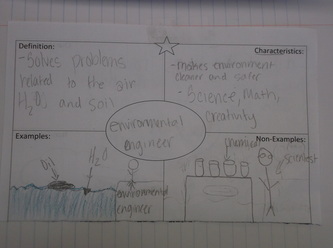
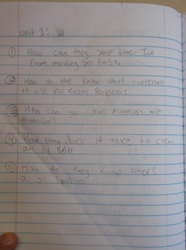
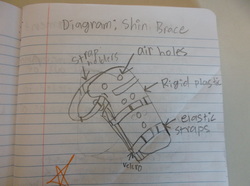
 RSS Feed
RSS Feed